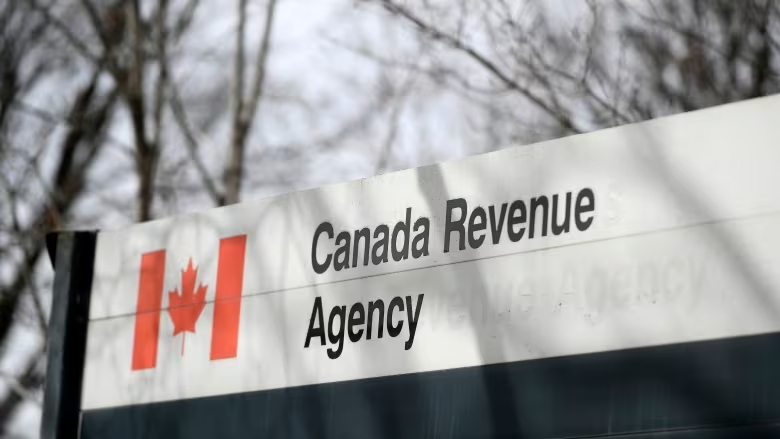The Canadian government understands the financial pressures Canadians face due to rising living costs. In response, they’ve implemented various measures to provide relief, including increasing several Canada Revenue Agency (CRA) payments for 2024. Let’s delve into these changes and explore the Canada Child Benefit (CCB) in detail.
Understanding CRA Payment Increases
The CRA disburses various benefits to eligible Canadians, including tax refunds, social security payments, and tax credits. These payments are often adjusted annually to keep pace with inflation. For 2024, the CRA increased most payments by 4.7% based on the Consumer Price Index (CPI) from October 2023 compared to the previous year.
The CPI reflects average cost-of-living changes across Canada. By indexing payments to the CPI, the government aims to ensure their value doesn’t erode due to inflation. Let’s explore some specific examples of CRA payment increases in 2024:
- Canada Pension Plan (CPP): Contributions and standard CPP pension benefits are projected to increase by 4.4% in 2024. This translates to a potential monthly increase of $40 for someone currently receiving a $1,000 monthly retirement benefit.
- Old Age Security (OAS): Studies suggest a potential 5-7% increase in OAS payments for seniors starting in January 2024. This could mean an additional $80 to $120 per month for someone receiving the current $2,250 monthly benefit.
- Climate Action Incentive Payment (CAIP): To address the environmental burden, the government is offering a higher CAIP reimbursement in 2024. The increase is expected to range from 10% to 20%, with the highest percentage offered in smaller and remote communities. These changes will be effective from January 2024.
New Grocery Rebate for GST/HST Credit Recipients
Canadians receiving the GST/HST credit will benefit from a new grocery rebate starting in 2024. This additional support aims to help offset rising food costs, which are projected to increase by 7% this year. The exact amount of the rebate hasn’t been announced yet, but it’s expected to be commensurate with the anticipated food price hike.
Canada Child Benefit (CCB): Enhanced Support for Families

The CCB is a tax-free monthly payment designed to help families with the financial burden of raising children under 18. For 2024, the maximum annual CCB amount increased significantly:
- Children under 6: Increased to $7,437 from the previous year’s $6,848.
- Children aged 6 to 17: Increased to $6,275 from the previous year’s $5,903.
This represents a 6.3% increase compared to 2023, providing much-needed financial assistance to families with children.
The Importance of Monitoring and Evaluation
While these increases are a positive step, it’s crucial to monitor and evaluate their effectiveness in reducing poverty and income inequality. The government must assess whether the introduced policies achieve their intended outcomes and identify areas for improvement in future revisions.
Collaboration for Continued Relevance
The success of social programs like CRA payment increases hinges on collaboration between various stakeholders. Effective communication and coordination among government agencies, community organizations, and program recipients are essential. This collaborative approach ensures the programs remain relevant and responsive to evolving needs.
The Road Ahead
The Canadian government’s commitment to helping its citizens through increased CRA payments and new initiatives like the grocery rebate demonstrates their understanding of the current economic climate. Ongoing monitoring and collaboration with stakeholders will be key to ensuring these programs continue to provide much-needed support for Canadians.
Key Takeaways
- The CRA increased most payments for 2024 by 4.7% to account for inflation.
- Specific examples include increased CPP contributions and benefits, potential OAS increases, and higher CAIP reimbursements in remote areas.
- A new grocery rebate for GST/HST credit recipients aims to offset rising food costs.
- The Canada Child Benefit saw a significant increase in its maximum annual amount for both age groups.
- Ongoing monitoring and evaluation of these programs are crucial for their effectiveness.
- Collaboration between government agencies, community organizations, and program recipients is essential for success.
By implementing these measures, the Canadian government aims to alleviate the financial pressures faced by many Canadians and promote a more equitable society.

